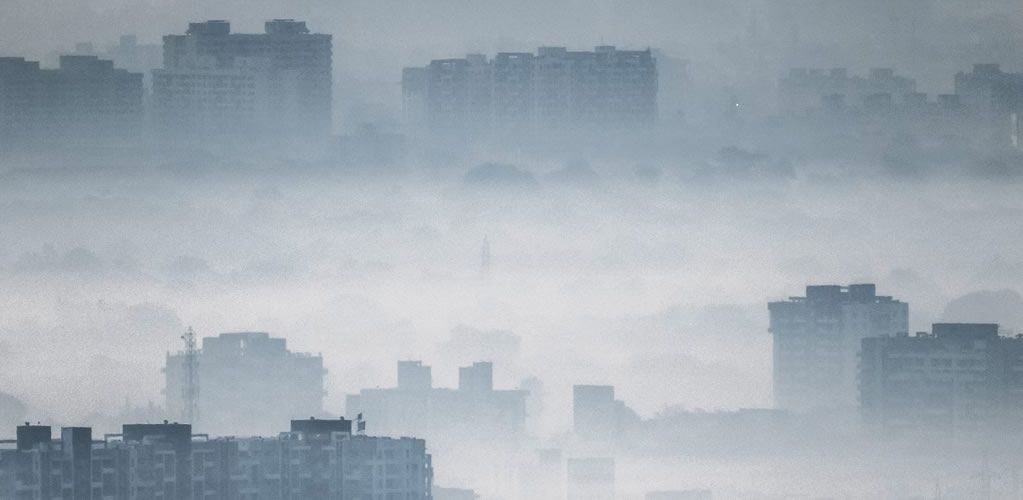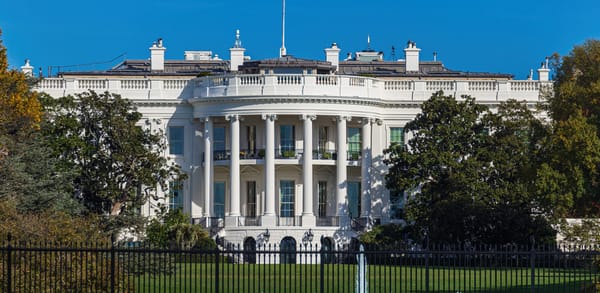Air pollution can increase the risk of COVID infection and severe disease
Air pollution can increase COVID risk by weakening our immune defences and exacerbating underlying health conditions.

Air pollution can increase COVID risk by weakening our immune defences and exacerbating underlying health conditions.
T he early part of the COVID pandemic led to a significant reduction in air pollution in many parts of the world. With lockdowns, travel restrictions and decreased economic activity, there was a noticeable drop in the emission of air pollutants, such as nitrogen dioxide (NO₂) and particulate matter (PM) that is fine enough to be inhaled.
Changes in air pollution varied depending on the location and the type of pollutant, but reductions were particularly noticeable in cities and industrial areas, where emissions from transport and industrial activities are typically high. In many areas though, air pollution levels quickly increased again as restrictions eased and activity resumed.
Along with having harmful effects on the environment, it’s well established that air pollution can have negative effects on human health, including increasing the risk of respiratory and heart problems and cancers. Emerging research suggests air pollution may also affect the brain and be linked to certain developmental issues in babies. The severity of these health effects can depend on the type and concentration of pollutants, as well as individual factors that affect a person’s susceptibility.
While there has been much focus on the way the pandemic affected air quality, it has also become apparent that air quality affects COVID risk – both in terms of the likelihood of contracting COVID and how sick people get with the infection.
How does air quality increase COVID risk?
Research has shown that long-term exposure to air pollution, particularly fine particulate matter under 2.5 micrometres (PM2.5) and NO₂, may increase the risk of COVID infection, hospitalisation, and death.
A study in England, for example, showed long-term exposure to PM2.5 and NO₂ is associated with 12% and 5% increases in COVID cases, respectively, for every additional microgram of PM2.5 or NO₂ per cubic metre of air.
One of the primary ways that air pollution may increase the risk of COVID is by weakening the respiratory system’s defences against viral infections. We know long-term exposure to fine particulate matter that is inhaled can reduce the lungs’ immune responses and cause damage to them, which can make people more vulnerable to respiratory infections like COVID.
Air pollution can also impact the immune system’s ability to fight off viral infections. Exposure to particulate matter, such as PM2.5, has been linked to increased levels of cytokines and inflammation in the body.
Cytokines are signalling molecules that help the immune system fight infections. But high levels can cause a “cytokine storm”, where the immune system overreacts and attacks healthy cells in addition to the virus. Cytokine storms have been associated with severe COVID and a higher likelihood of dying from the disease.

There are a variety of factors which could explain why air pollution increases COVID risk. | CREDIT: UNSPLASH/S.
And notably, COVID binds to ACE2 receptors to enter a cell. In studies of animals, PM2.5 exposure has been linked to a significant increase in ACE2 receptors. PM2.5 may therefore increase the probability of COVID entering cells in humans.
Further, air pollution may increase the severity of COVID symptoms by exacerbating underlying health conditions. Exposure to air pollution has been linked to increased rates of conditions such as diabetes and heart disease, which have been identified as risk factors for severe COVID.
Air pollution may also increase COVID transmission rates by acting as a carrier for the virus. Researchers continue to debate the potential of respiratory droplets from infected people attaching to particulate matter in the air and travelling long distances, potentially increasing the virus’s spread.
How can I reduce exposure to air pollutants?
With all this in mind, reducing air pollution levels may be an important strategy for mitigating the impact of COVID and protecting public health.
This requires a combination of individual actions and collective efforts to address the sources of pollution. There are several ways you can decrease your and others’ exposure to air pollution, including:
▫ Limit outdoor activity during high-pollution days.
Check air quality forecasts and limit outdoor activities on “high” days. Try to go outside at times of the day when pollution levels are lower, such as early morning or late evening.
▫ Think about your mode of transport.
Using public transport, walking or riding a bike instead of driving can help to reduce pollution levels. If you do drive, try to carpool or use an electric or hybrid vehicle.
▫ Use indoor air filters.
Having air filters in your home can help reduce indoor pollution levels. Hepa filters can remove many pollutants, including fine particulate matter. Further, the use of Hepa air systems can successfully filter COVID virus particles from the air.

GOING FURTHER:
— AUTHORS —

|
▫ Samuel J. White, Senior Lecturer in Genetic Immunology, Nottingham Trent University. |

|
▫ Philippe B. Wilson, Professor of One Health, Nottingham Trent University. |

|

|

|
Sources
▪ Text: This piece was originally published in The Conversation and re-published in PMP Magazine on 5 April 2023. | The authors write in a personal capacity.
▪ Cover: Unsplash/suraj kardile. (Licensed under a Creative Commons Attribution-ShareAlike 4.0 International License.)







[Read our Comments Guidelines]